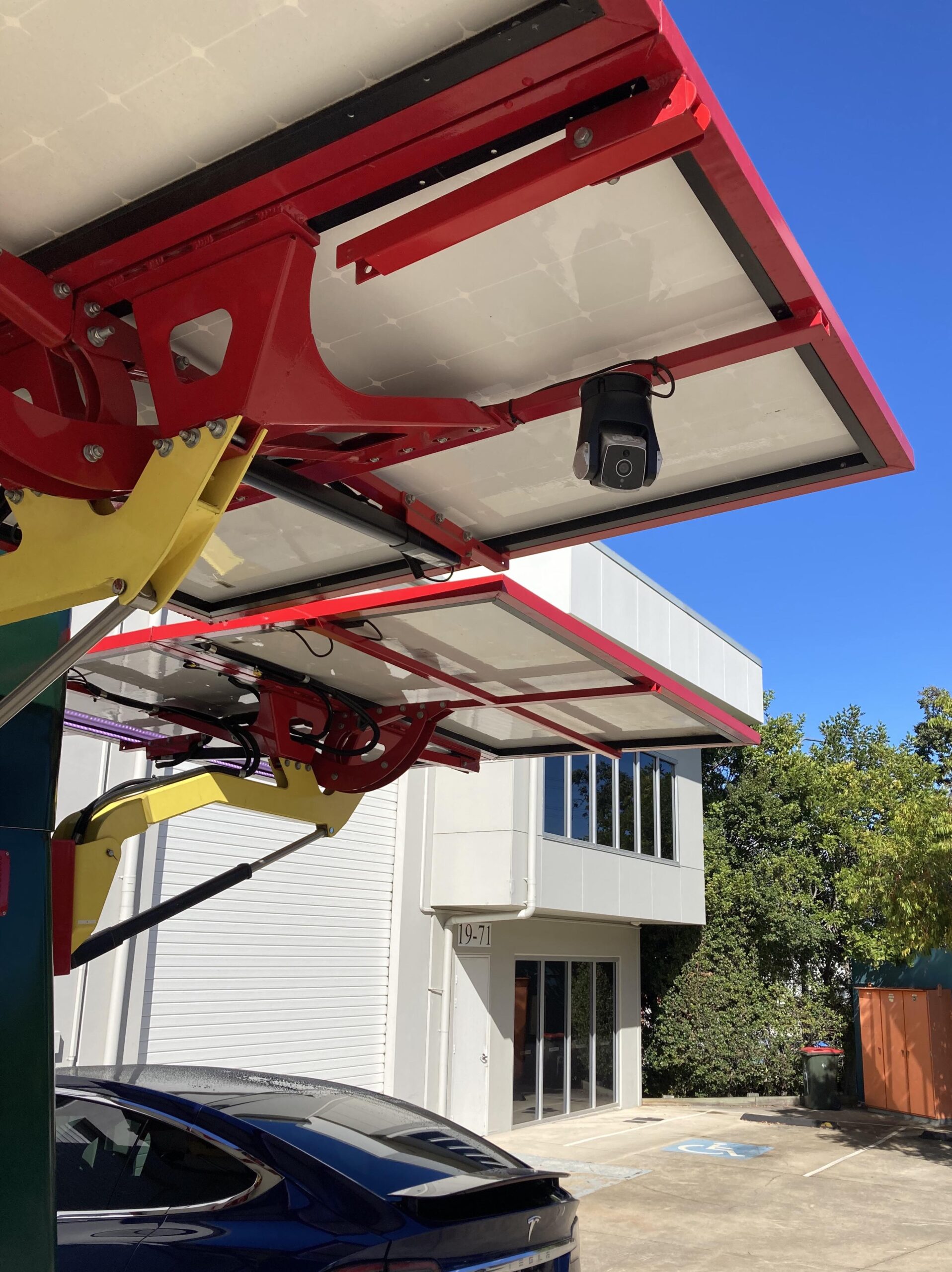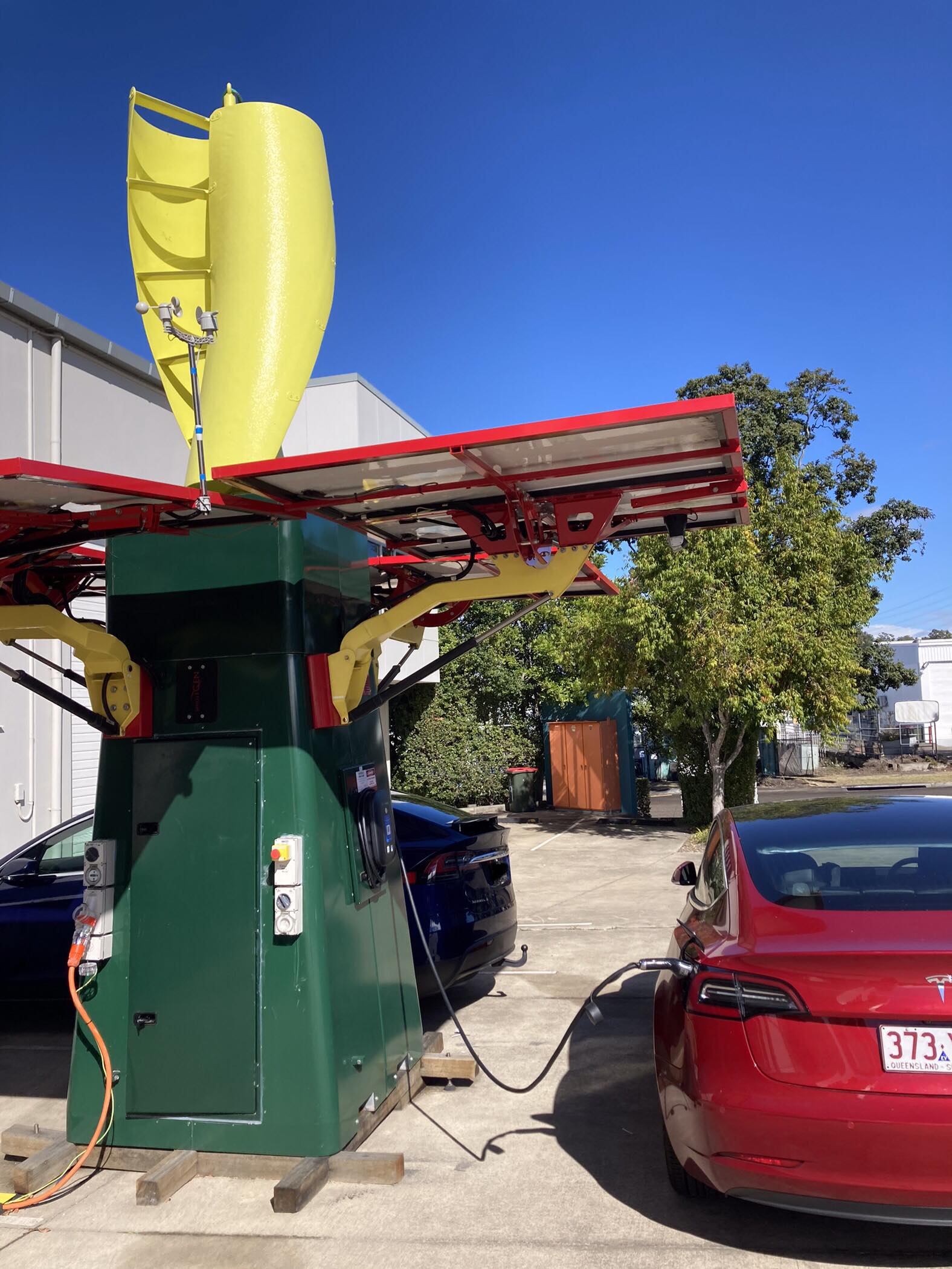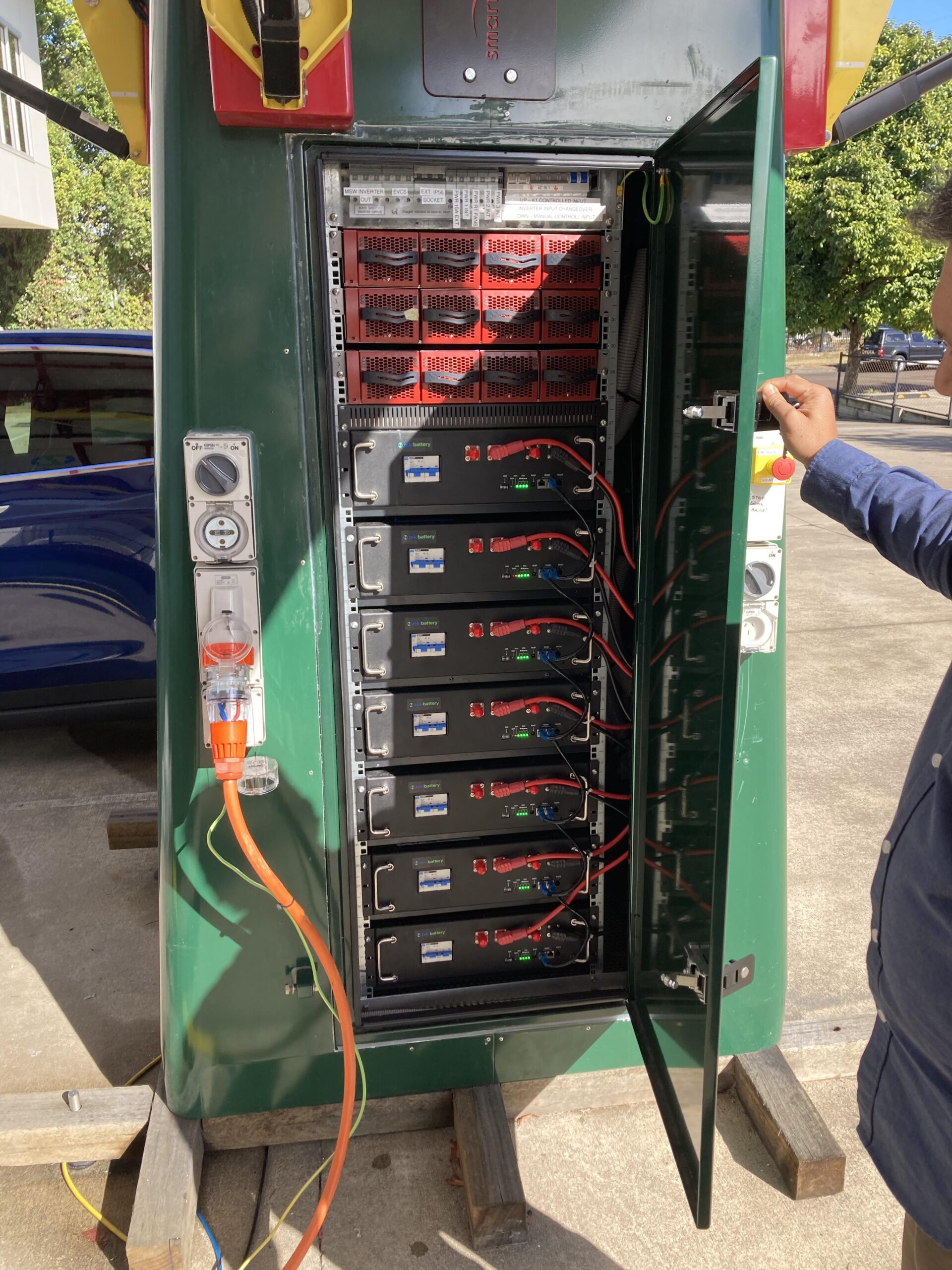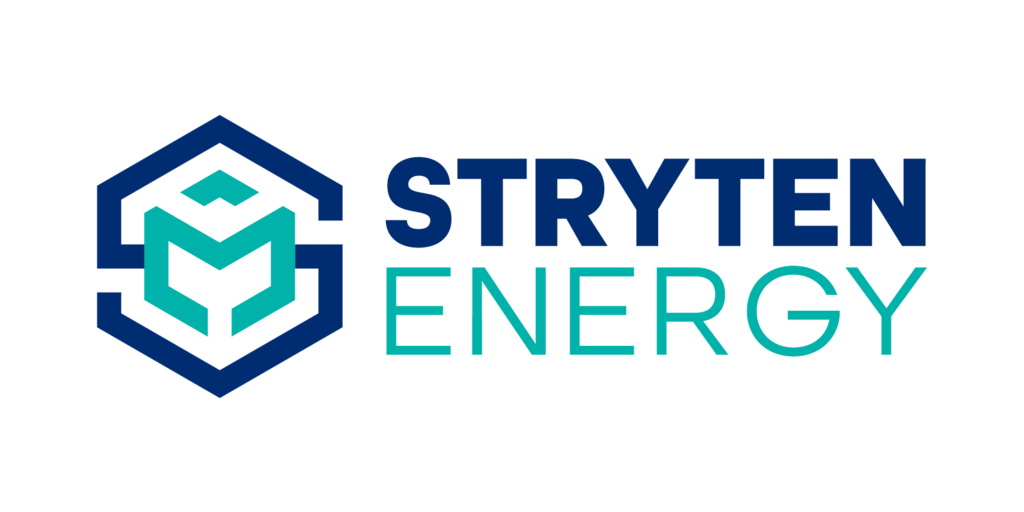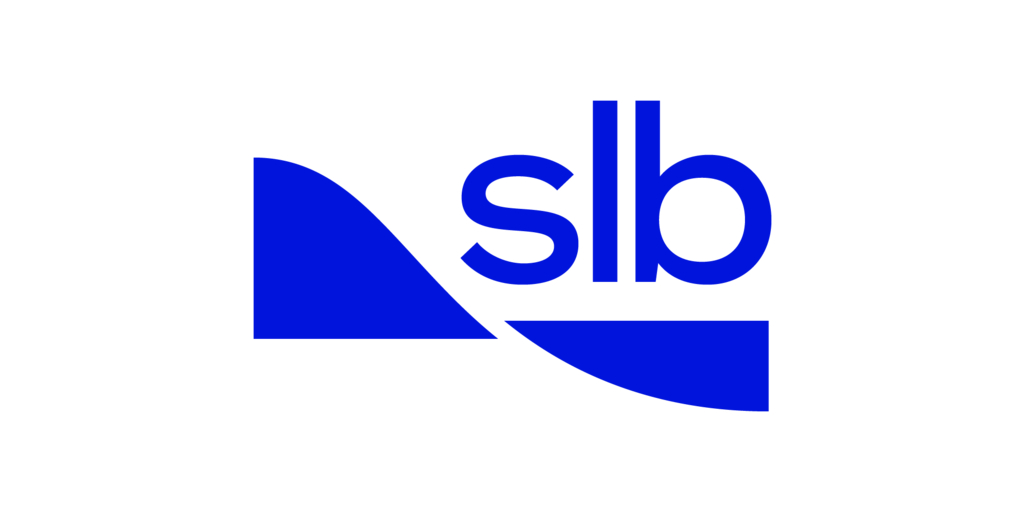
The renewable energy, battery, and electric vehicle world in Brisbane is still very small. It seems everybody knows everybody else. So, when Francisco Shi suggested I visit Rikesh at Zekitek, I drove down for a visit. Standing outside and occupying only half of a parking spot was the Zekigen. “Why Zeki,” I asked? Apparently, it means “smart.” I was impressed by how smart it was.
I have looked at relocatable power plants before — when Red Earth powered “The Block.” What is it that makes this one special? First of all, there is no diesel backup. Second, it sports a 1-metre-wide vertical access wind turbine. The carbon fibre turbine is a large part of Rikesh’s vision. I asked if there are situations where you might still need a diesel backup. Rikesh responded: “If it is a critical asset where there is a need for a backup of a backup etc., then we can connect our Zekigen to any external generator or power source.”
The Zekigen combines solar panels, a wind turbine, and batteries. It weighs 2.8 tonnes and can be relocated with a forklift. It gets moved around the site at Sumner Park in Brisbane and could easily be deployed in a crisis or defense situation.
Rikesh is currently negotiating locating the Zekigen in prominent positions around Brisbane, where it could provide relocatable power combined with aesthetics and practicality. “A Zekigen could be used to power the lights in Roma St Parkland and at community sporting clubs. As well as light, people could charge their electric vehicles and phones and even run a coffee van.” In one scenario, he thinks they could be used as a dock to store and recharge those annoying scooters. Very versatile indeed.
Enterprising councils could use the Zekigen to secure an income stream, selling power and advertising. Revenue could also flow from demand management services offered to the grid and from the creation of large-scale generation certificates which can be sold as carbon credits.
The Zekigen is fitted with cameras providing security. At the industrial complex in which Zekigen is based, would-be thieves have been surprised when the machine talks to them and they flee in terror. Perhaps in the dark it looks a little like an overgrown dalek! The Zekigen has two-way comms and a screen. When I was charging Tess, the Zekigen engaged me in a conversation. Certainly a good companion for my Tesla.
The Zekigen would also be useful on mining sites as they move away from diesel.
The turbines used by Zekitek are worthy of note. Many people complain about the standard propeller-looking wind turbines. Two prime examples are Donald Trump and Angus Taylor. They spoil the view from their golf courses, they say, unlike open pit coal mines, which just enhance it. Our two boys may even take the opportunity to cover the turbines in political advertising. Nor can they (and others) complain about bird deaths, as the birds can pass straight through the slowly spinning device.
The wind turbine is so efficient, it could generate a charge in the wind tunnel effects in cities between skyscrapers or beside roadways from the wind generated by passing traffic, according to Rishek.
The Zekigen LFP batteries can last up to 3,600 discharge cycles at 80%.
The most interesting project that we discussed was remote-area applications. No, not Australia’s vast interior, but the South Sea Islands. In Vanuatu, 15 islands need power for export industries. This is currently provided by diesel generators. These can be costly, with the costs of fuel, barging, and maintenance. A distributed energy resource could save on pole and wire infrastructure, with electricity coming from several Zekigen units.
The relocatable Zekigen could be landed intact to replace diesel generators. There would be no installation delay. It’s plug and play technology. The power would be instantly available. This would give an immediate transition to zero emissions. Rikesh estimates that return on investment (ROI) would be about 3–5 years. But it could be even sooner in high-use situations like a resort. In some scenarios, it could take less than a year to recoup the cost of a Zekigen compared to the purchase and running of a diesel generator.
Currently, ground-based solar is installed on some Vanuatu islands. As the area is susceptible to cyclones, the ground-based solar can get blown away when they have a cyclone. According to world data, cyclones occur about 7 times a year in Vanuatu. The hardest hit regions are the five islands of the Tafea region and the Province of Sanma.
“The most severe cyclone to make landfall in Vanuatu in the past 12 months was »Kevin«. It reached a wind speed of up to 194 km/h on March 4, 2023 at 5:00 am local time near Isangel and was 13 kilometers in diameter at the time. According to the internationally accepted Saffir-Simpson classification, this corresponded to a category 3 cyclone. On the open sea, speeds of up to 248 km/h were measured (category 4).”
The Zekigen will fold down the solar panels when wind speeds reach 2.5m/sec, the carbon fibre turbine can handle winds up to 280 km per hour, or the equivalent of a category 5 cyclone. As wind dies down, solar panels redeploy. Each Zekigen is fitted with Starlink for remote monitoring.
The Vanuatu project has been approved by the government of Vanuatu, with a significant number of units funded by international aid groups. It is likely to be up and running next year. Zekitek is seeking Australian government support also.
The base and turbines of the Zekigen can be decorated or used for advertising. The screen can be used for advertising or community notices.
The Zekipower battery product is a 10 kva mobile power provider. Rikesh is targeting a market that includes automotive support groups like the NRMA and RACQ. The battery chargers for stranded EVs these support vehicles carry are very small. In contrast, the Zekipower will be able to add an extra 43 km in minutes.
As Brisbane prepares for the “green” Olympics of 2032, Rikesh is encouraging the city officials to consider the use of wind turbine towers including batteries. After all, they are similar to the Olympic Torch.
The turbine comes with a 50-year warranty.
At present, there is only one Zekigen sitting in the Sumner Park industrial complex — it certainly proves that the concept works. Rikesh is just tidying up the electronics to get it ready for mass production. He assures me that everything is Queensland made. He has a clear and futuristic vision: “Imagine one of these (Zekigen) in London and being able to buy your tickets from it, for the 2032 Brisbane games!” he enthuses.
I expect we will see these devices all around Brisbane long before the 2032 Olympics, being used for a whole range of electrifying activities and decorated as pieces of art!
I don’t like paywalls. You don’t like paywalls. Who likes paywalls? Here at CleanTechnica, we implemented a limited paywall for a while, but it always felt wrong — and it was always tough to decide what we should put behind there. In theory, your most exclusive and best content goes behind a paywall. But then fewer people read it! We just don’t like paywalls, and so we’ve decided to ditch ours. Unfortunately, the media business is still a tough, cut-throat business with tiny margins. It’s a never-ending Olympic challenge to stay above water or even perhaps — gasp — grow. So …


